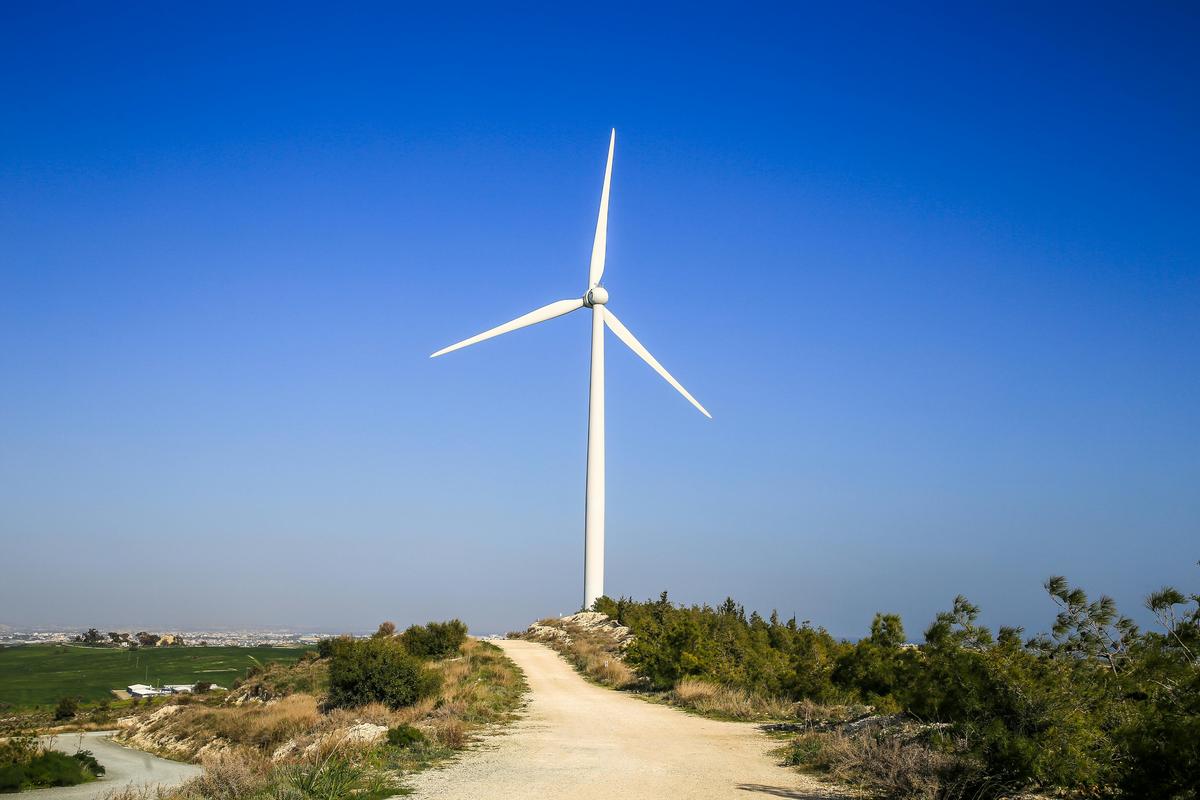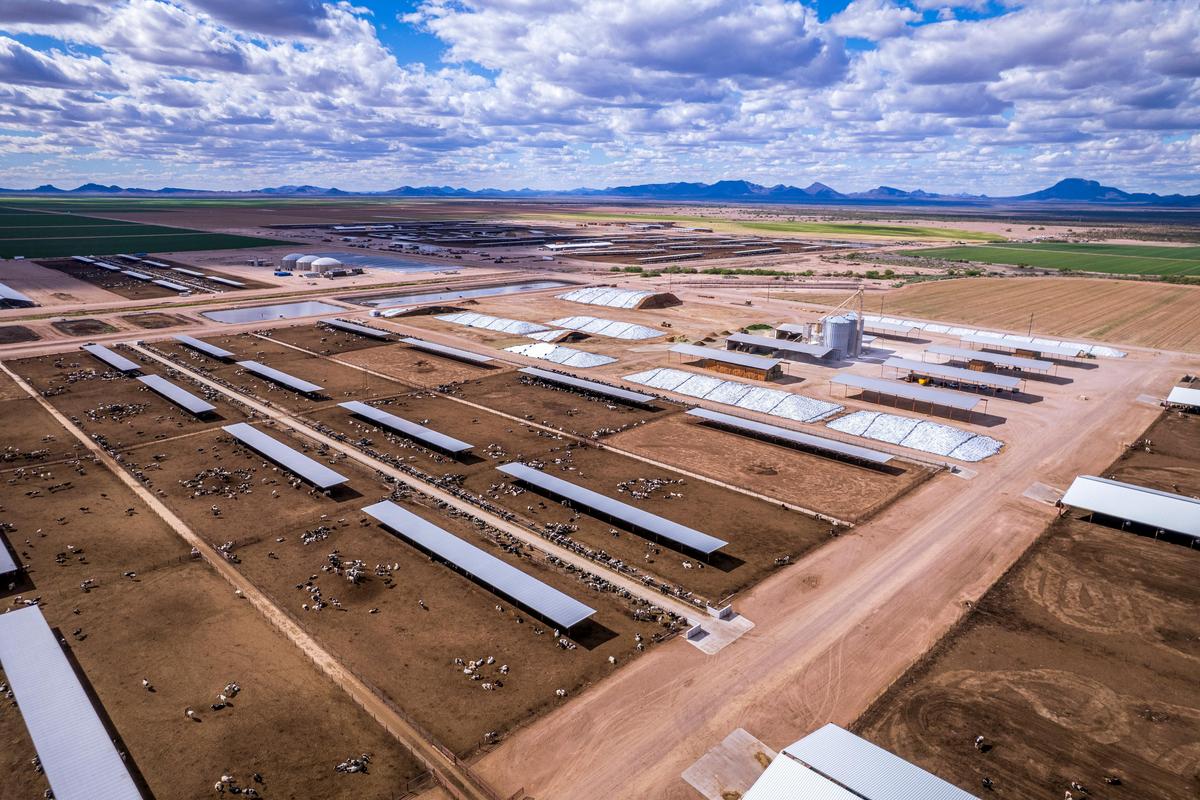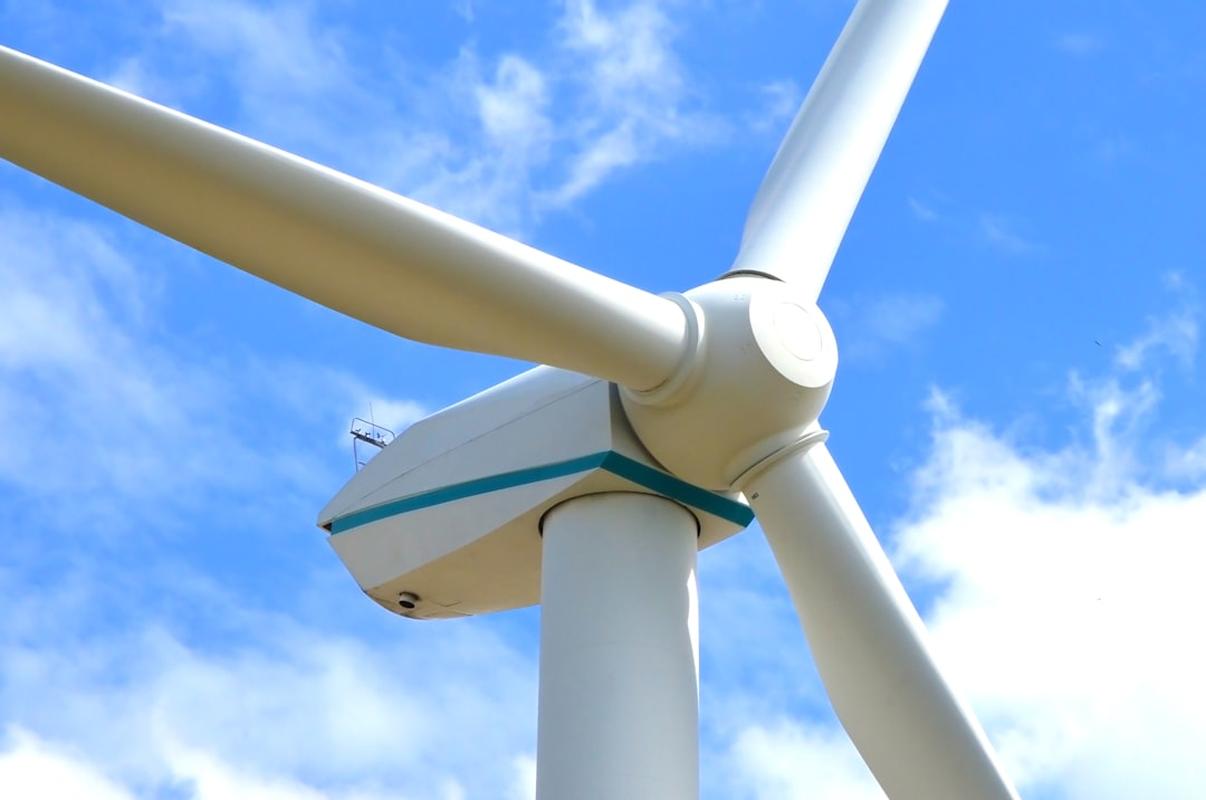Understanding Energy Efficiency in Buildings: An Overview
Improving energy efficiency in buildings is a great way to reduce our environmental impact and save money in the long run. By using various technologies and practices, building owners and managers can cut down on energy use and greenhouse gas emissions while making occupants more comfortable.
Key to energy-efficient building design are cool technologies like top-notch insulation, energy-saving windows, and LED lighting. These solutions can really lower a building’s energy needs, saving money for both owners and tenants. Alongside these cool gadgets are smart building controls that adjust heating, cooling, and lighting based on occupancy and environmental conditions to save even more energy.
Just as important are the operational and maintenance practices that keep these energy-efficient systems running smoothly. Regular check-ups, preventive maintenance, and keeping an eye on equipment performance can lead to big savings without spending a lot of money upfront. By only using equipment when necessary, making the most of control systems, and using energy-efficient strategies like optimal start/stop and setback/setup, building managers can cut down on energy use and costs.
The benefits of energy efficiency go beyond just saving money. Using less fossil fuels helps fight climate change by reducing greenhouse gas emissions. Cleaner energy production also means better public health, as it reduces pollution in the air, water, and land linked to traditional energy sources. Plus, transitioning to energy-efficient buildings boosts the economy by creating demand for new products and services, attracting investment, and creating new job opportunities in the green building industry.
As building owners and managers look for ways to improve their properties’ environmental and financial performance, energy efficiency is a solid solution. By embracing a holistic approach that combines cutting-edge technologies and smart operational practices, they can unlock a future with lower costs, fewer emissions, and greater sustainability. 1 2
 Photo by Elena Zhuravleva on Pexels
Photo by Elena Zhuravleva on Pexels
Top Strategies for Maximizing Energy Efficiency in Buildings
Maximizing energy efficiency in buildings is a great strategy that can bring a bunch of benefits for cities and their residents. By investing in energy-efficient construction and updating existing structures, cities can unlock a ton of economic, environmental, and social advantages.
One of the best reasons to focus on building efficiency is the amazing return on investment. Studies show that for every extra dollar spent on energy efficiency, more than two dollars in energy supply costs are saved. This makes efficiency upgrades a really smart choice, especially as cities around the world get ready to welcome 3 billion new urban residents by 2050.
Using top-notch building practices in new construction in rapidly growing countries could lead to big economic and climate benefits.
Besides the financial perks, energy-efficient buildings also bring real improvements to public health. By reducing indoor and outdoor air pollution, these structures can help lower the rates of illnesses like asthma and lung cancer, ultimately decreasing premature deaths. Cleaner air and better ventilation create healthier living and working environments, improving the overall quality of life for city dwellers.
Equally important, energy efficiency is a powerful tool in the fight against climate change. By cutting greenhouse gas emissions and reducing water usage, energy-efficient buildings can make a big impact on a city’s environmental footprint. This, in turn, helps stabilize electricity prices, diversify utility resource portfolios, and reduce the need for expensive new energy infrastructure – benefits that spread throughout the entire community.
As cities deal with the challenges of sustainable growth, maximizing energy efficiency in buildings emerges as a versatile and rewarding solution. By embracing this multifaceted approach, urban centers can unlock a future that is more prosperous, healthier, and environmentally responsible for all. 3 4
 Photo by Mark Stebnicki on Pexels
Photo by Mark Stebnicki on Pexels
The Benefits of Energy Efficiency in Buildings: Economic and Environmental Impact
Buildings are the backbone of our modern world, shaping the spaces we live in and how we live. However, their energy use has always been a big concern, with buildings making up a large part of global energy consumption and greenhouse gas emissions. Luckily, the key to a more sustainable future lies in energy efficiency.
The perks of energy-efficient buildings are many and widespread. By cutting down on heating, cooling, and lighting needs through strategies like smart design and using natural light, buildings can significantly reduce their energy use. Choosing efficient HVAC and lighting systems, using energy recovery systems, and tapping into renewable energy like solar and geothermal can boost these savings even more. Studies actually show that energy-efficient buildings can greatly decrease the energy needed for heating, lighting, and cooling, all while keeping occupants comfortable.
The impact of these actions goes beyond just one building. When applied across the board, energy-efficient buildings can have a big effect on the bigger picture. Just think about these eye-opening stats: buildings in the US make up almost 40% of the country’s yearly energy use and 75% of its electricity demand. Worldwide, buildings are responsible for 40% of energy use and 36% of greenhouse gas emissions. By embracing energy efficiency, we can really make a dent in these numbers, working towards a more sustainable future for everyone. 5 6
Case Studies: Successful Implementation of Energy Efficiency in Buildings
Maximizing energy efficiency in buildings is a great way to help the environment and save money. The data shows that making smart changes can lead to big savings.
Think about how building energy codes have improved over the years. Today’s standards save 30% more energy than they did less than ten years ago, which means consumers are saving $5 billion on energy costs every year. Looking ahead, the projected US savings from 2010 to 2040 are huge - $126 billion, 841 million metric tons of carbon emissions, and 12.8 quads of energy. Upgrading to the latest codes can cut energy use by 5-35% for homes and businesses.
Energy audits and full retrofits also offer great opportunities. Audits usually reduce energy bills by 5-30%, while deep retrofits can cut commercial building energy use by 20-50%. Retrocommissioning, which fine-tunes a building’s systems, costs just $0.27 per square foot on average but saves 15% energy with a payback period of less than a year.
Benchmarking and transparency policies have also shown their value, leading to 3-8% energy reductions over 2-4 years. New York City’s Retrofit Accelerator program has worked with over 2,300 properties, potentially reducing annual greenhouse gas emissions by nearly 154,000 metric tons.
The data is clear - improving energy efficiency in buildings is a great way to help the environment and save money. By using new strategies and technologies, building owners and managers can unlock big benefits for their properties and the planet. 7 8
 Photo by Philipp Katzenberger on Unsplash
Photo by Philipp Katzenberger on Unsplash
References
-
“Energy Efficient Building Technologies” - online-engineering.case.edu ↩
-
“Om Best Practices” - www.energystar.gov ↩
-
“4 Surprising Ways Energy Efficient Buildings Benefit Cities” - www.wri.org ↩
-
“Local Energy Efficiency Benefits And Opportunities” - www.epa.gov ↩
-
“Optimize Energy Use” - www.wbdg.org ↩
-
“Strategies Energy Savings Buildings” - www.aceee.org ↩
-
“Description” - www.eesi.org ↩
